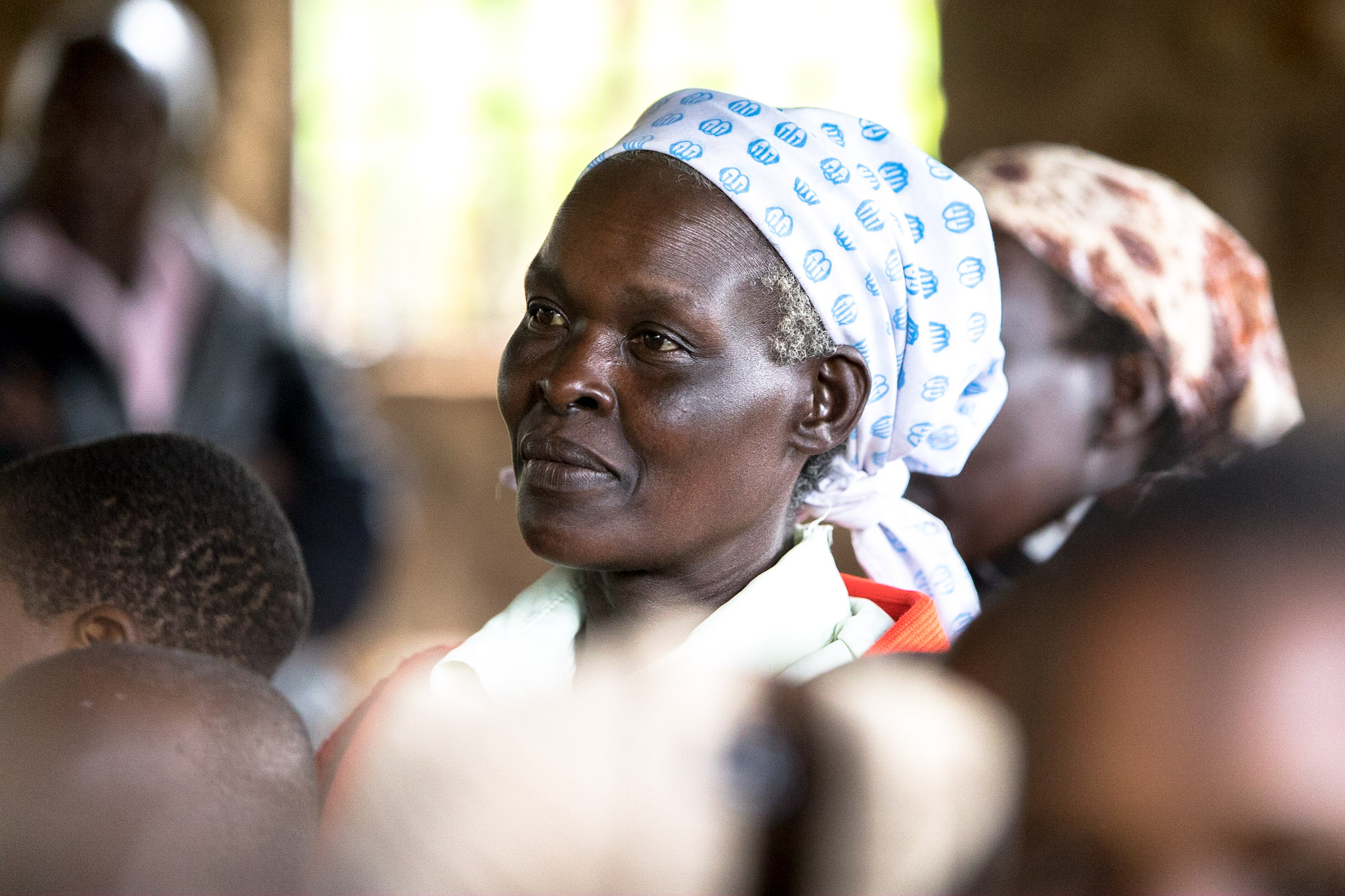This blog post was written by our Engagement & Finance Officer, Sasha Watterson.
Over the past decade we have seen hundreds of cases which show the impact of microfinance on poverty. Over a three-year period, our monitoring shows that the clients in our savings-led programmes will have increased their savings fivefold.
Whilst the savings provide a place to turn during tough times, loans help businesses grow. The members pull their savings together to form loans. At first, these loans are small, generally no more than £150. But as the businesses grow, members save more and the loan fund grows.
There are many ways to reduce poverty, but in the rural areas in which we work, microfinance and development go hand-in-hand. And what’s more, poverty alleviation through microfinance is highly efficient. Over the past decade, every pound donated to our Kenyan programmes has unlocked £12 of economic activity, either in the form of savings or loans.
Over the past ten years, Five Talents supporters have transformed the lives of our clients in a range of ways. The most important effect we see is an increase in dignity; rather than being given a handout each entrepreneur is provided with the tools to lift themselves out of poverty. The benefits of our savings-led microfinance model include:
Growing a safety net of savings: Microfinance effectiveness can be measured in financial terms. A central benefit of microfinance is that those who joined the programmes three years ago have grown their savings more than fivefold and each has an average of £133 in their savings account today. It’s important to think about these financial figures in a human context. Our group members typically have no savings when they join and live on less than $2.50 a day so this is a truly significant change. The practical result of this is that events such as drought or illness no longer push households into absolute poverty.
Building and expanding business and incomes: The main microfinance benefits are the investments made by members from loans which enable them to establish and grow their small businesses. And this is a long-term impact. Repayment rates in our Embu programme in Kenya, for example, are always above 98%, which shows that members are able to run successful businesses after receiving our training.
Being able to meet basic household needs: Children indirectly benefit as members have the income to invest in their children’s schooling, diets, and improve the quality of the family’s healthcare. As a typical family has 4 dependents, by impacting 22,000 households our donors are supporting around 80,000 children. When we visit our clients, the biggest change mentioned by the majority of members is: ‘Now my children can go to school.’
Female empowerment: For Five Talents, the importance of microfinance is also linked to the impact it has on gender relations. Women are empowered to make decisions about how to save and invest their incomes and earn money for themselves, which increases their decision-making power in their households and communities more widely.
Microfinance success is always achieved when the model is designed with the client in mind. Each of these benefits is a result of a long-term focus on the dignity of the people we work with. We've seen this pro-community, long-term view work again and again throughout all of our programmes.




